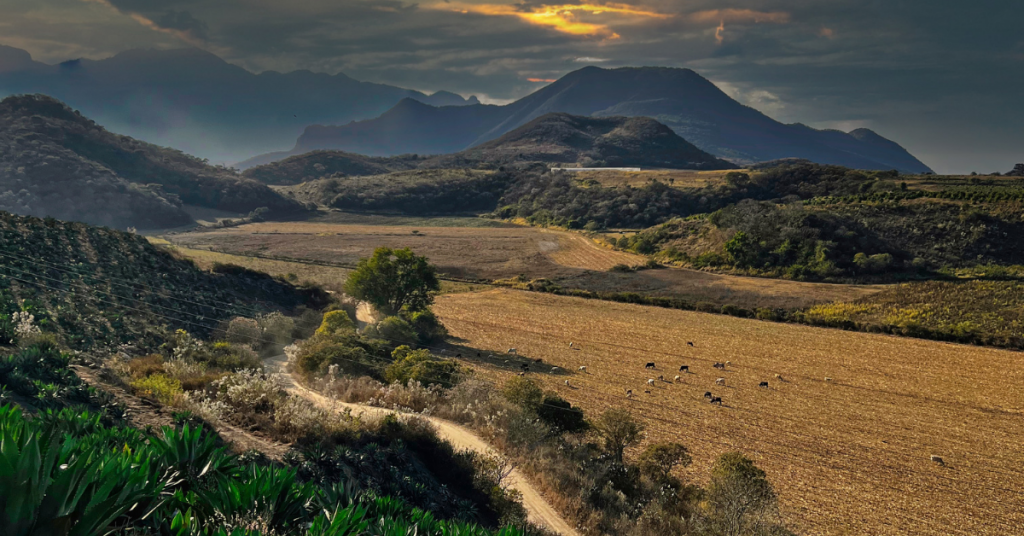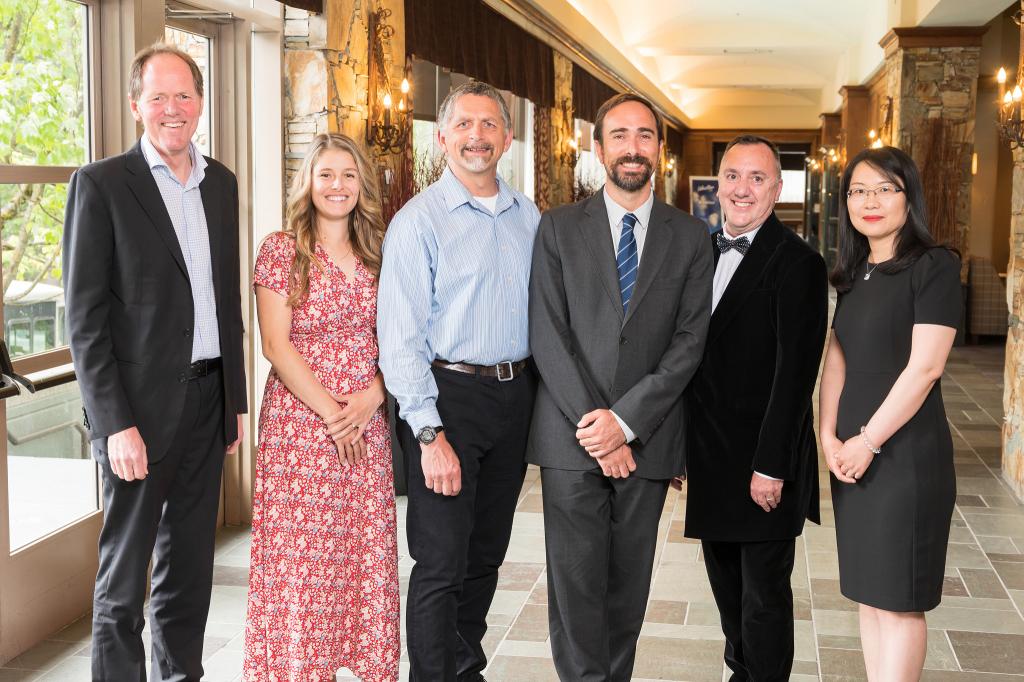Tequila? Try a Raicilla
Topics
Featured
Share online

You might want to plan to raise a glass of raicilla on your next destination vacation, thanks to Royal Roads Bachelor of Arts in Global Tourism Management students. As part of their capstone project, students in the tourism and hospitality program have partnered with a school in western Mexico to help attract visitors to the state of Jalisco, promoting a homegrown tequila-like spirit called raicilla.
RRU Students partnered with students from the Technological Institute of Higher Studies of the West (ITESO) University in Guadalajara as part of a new collaborative online international learning initiative.
Assoc. Prof. Eugene Thomlinson, director of the School of Tourism and Hospitality Management at Royal Roads, says the initial work of the undergraduate students this year sets a foundation for an ongoing project for many student cohorts to come.
“This particular project and the way that it's been done is new,” he says. “I think this is probably the first time ever that our school has done anything internationally, and definitely never one of these collaborative online international learning projects.”
How it began
Thomlinson first visited Guadalajara a few years ago to explore partnership opportunities for RRU with the tourism department at ITESO. While there, he toured the surrounding region and visited various tourism vendors, including raicilla producers.
Raicilla, a distilled spirit that, like tequila, comes from the agave plant, dates back hundreds of years. The drink, which means small root, is only produced in Jalisco.
“It's kind of like tequila, only it's made through a different process,” Thomlinson says.
While tequila is produced with blue agave through a steaming process, raicilla is made mainly from the maximiliana variety, and the pina, or core, is roasted.
“So it gives it more of a smoky flavour,” Thomlinson adds. “And I think it's terrific.”
It’s more of sipping alcohol than a shot and is being marketed for export as a new gourmet product.
That’s where Thomlinson’s students come in.
Under the banner of raicilla
Tourism operators in Mexico want to develop the clusters in the region under the destination theme of raicilla, much like is done with wine in the Okanagan area of BC.
“Mexico has quite a bit of experience with developing destinations on their own, more so with beach destinations and things like that. And we've got more experience with natural-type destination development,” says Thomlinson. “So we're sharing our ideas back and forth about how to do this, how to do it sustainably, how to connect up with Indigenous populations, and how to develop cultural aspects.
“The region itself also has a lot of potential for things like mountain biking and hiking and a lot of different natural experiences as well.”
For the Royal Roads tourism program, Thomlinson wants students to have a practical project, applying earned theories and concepts.
“Because ITESO had already been working in the region, we decided to connect up with them and have our students on these multicultural, international teams to work on helping develop this region as a tourism destination. And what we're looking at trying to do is add a minimum five- to 10-year lifespan for these projects, with the idea that every subsequent year, every next group, builds on what the previous group has done.”

Developing the raicilla destination
RRU and ITESO students worked together on a capstone project to help develop the raicilla destination.
This year, one team identified that one of the central communities in the raicilla area didn't have a visitor centre. The students proposed having a visitor centre at each end of the main road, which runs through the area, would help to connect visitors to tourism opportunities, such as interesting destinations and restaurant recommendations in the region.
Emma Hodges, a BAGTM student, says her team, as part of their research, did a SWOT (strengths, weaknesses, opportunities, and threats) analysis and identified a lack of hotel accommodations in Mixtlán, a small town in Jalisco.
In addition to learning about the region, her group discovered that mushrooms are popular in the area – the region even has mushroom festivals. Hodges and her partners thought raicilla producers could host their own festivals or partner with existing festivals, which could be promoted in North America to attract visitors coming to Puerto Vallarta on cruise ships.
Throughout the project, Hodges found conversing with the students in Mexico mutually beneficial.
“They were our eyes and ears on the ground,” Hodges says about her teammates from ITESO. “I quite enjoyed speaking with them, and hearing stories from them actually generated a lot more interest for me in the project.”
When discussing her project and experience, Hodges says, “I took it as an opportunity to learn how to manage a project. There are going to be many times in my life that I'm going to be part of a project starting, so I am very excited to sort of watch how this project grows and evolves.”
“I am going to take the experience of what it takes to start a project and how to keep everything aligned with me for all time,” she adds.
Royal Roads University’s School of Tourism and Hospitality Management and ITESO, the Jesuit University of Guadalajara, were honoured with the Outstanding Program in International Education Award at the 13th annual BCCIE International Education Awards June 28, 2022. The universities were recognized for their “ongoing academic partnership that includes collaboration between students and professors at both institutions as well as new modes of international learning.”

Prof. Eugene Thomlinson (centre) poses for a picture alongside fellow BC Council for International Education award winners.